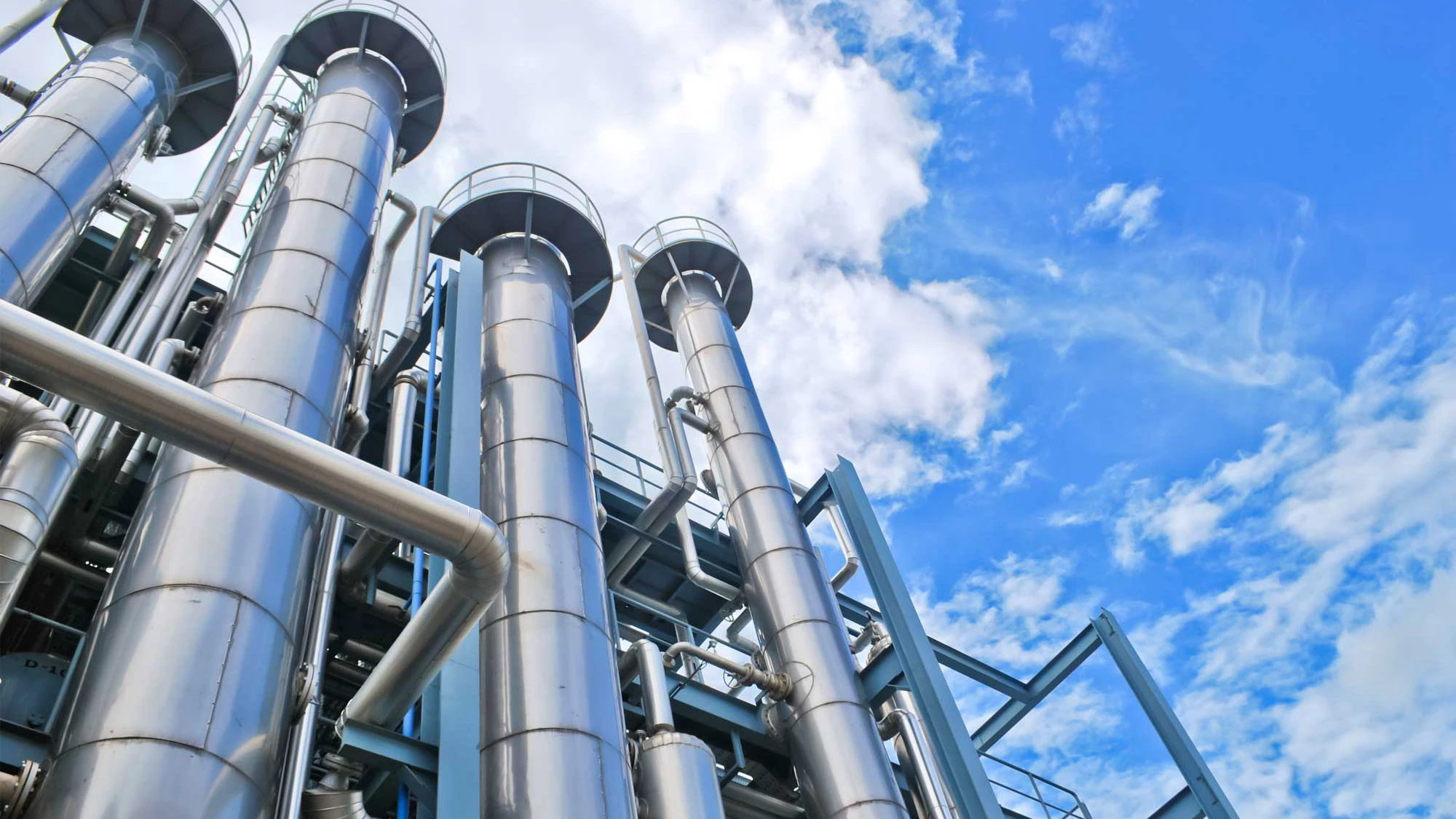Introduction
→ “What factors determine the best PTFE hose for chemical, fuel, or industrial applications? This guide breaks down material properties, industry standards, and selection criteria to ensure safety and efficiency.”
Key Properties of PTFE Hoses
Why PTFE Stands Out
- Chemical Resistance: PTFE resists nearly all chemicals, including acids, solvents, and hydrocarbons[1].
- Temperature Tolerance: Operates between -73°C (-100°F) and 260°C (500°F), ideal for extreme environments[2].
- Low Friction: Reduces particulate buildup in applications like pharmaceutical manufacturing.
Critical Industry Applications
- PTFE Corrugated Hose for Chemical Industry: Used in aggressive chemical transfer due to its non-reactive lining[1].
- Teflon Fuel Hose & PTFE Fuel Line Hose: Safely handles gasoline, diesel, and biofuels without degradation.
- Stainless Braided Fuel Hose: Combines PTFE’s flexibility with stainless steel reinforcement for high-pressure fuel systems.
Table 1: PTFE Hose Types vs. Applications
| Hose Type | Key Features | Best For |
|---|---|---|
| PTFE Corrugated | Pure PTFE, corrugated design | Chemical transfer, lab equipment |
| Teflon Fuel Hose | Stainless steel braiding | Automotive fuel lines |
| Stainless Braided | High burst pressure (500+ PSI) | Aviation, hydraulic systems |
5 Steps to Choose the Right PTFE Hose
Step 1 – Assess Chemical Compatibility
- Use compatibility charts from ASTM International to verify resistance to specific chemicals[2].
Step 2 – Evaluate Temperature and Pressure
- Example: A stainless braided fuel hose withstands 300°C and 1,500 PSI in aerospace applications[3].
Step 3 – Confirm Regulatory Compliance
- Look for hoses meeting FDA (food-grade) or SAE J30 (automotive) standards.
Table 2: Compliance Standards by Industry
| Industry | Standard | Key Requirement |
|---|---|---|
| Chemical | ASTM D1785 | Pressure ratings for plastics |
| Automotive | SAE J30 R9 | Fuel line durability |
Common Mistakes to Avoid
Can PTFE hoses handle steam cleaning?
Yes, but only if rated above 150°C. Standard PTFE degrades at sustained high heat.
Is stainless braiding necessary for fuel systems?
Critical for high-pressure applications (e.g., diesel injection).
Conclusion & Next Steps
→ “Consult a certified supplier to test your PTFE hose under real-world conditions. Prioritize hoses with third-party certifications like ISO 9001.”
Flexible Corrosion-Resistant PTFE Braided Teflon Fuel Hose for Chemical & Oil Applications
Corrosion-resistant PTFE braided corrugated hose with soft inner liner ensures smooth flow in aggressive media. Perfect for food processing, pharmaceutical, and semiconductor industries requiring non-toxic, low-friction solutions.



